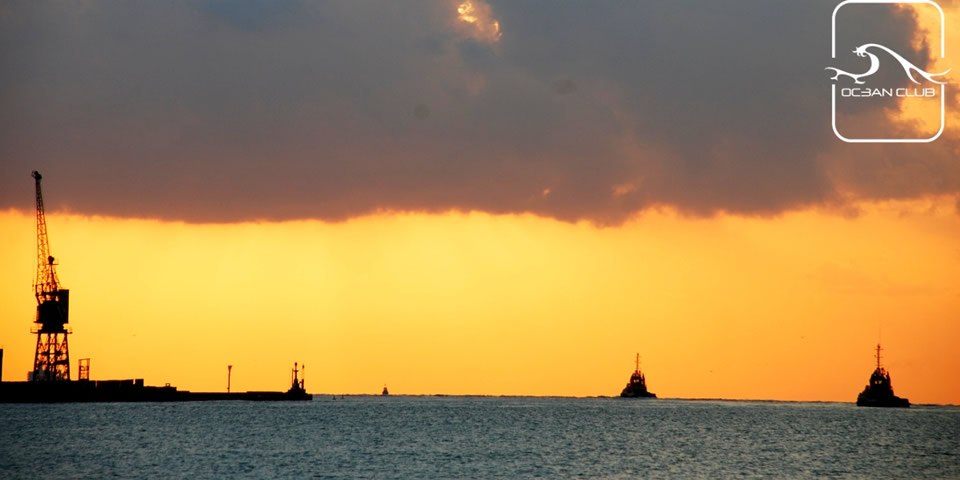Port Sudan is a port city in eastern Sudan, and the capital of the state of Red Sea in the northeastern Sudan, located around 820 km northeast of the country’s capital, Khartoum. As of 2021, it has approximately 900,000 residents. Located on the Red Sea, it is the Republic of Sudan's main seaport. The population of Port Sudan comprises of people belonging to different communities, mainly indigenous eastern Sudanese tribes and also Arabs, Indians and Europeans.
Language is mainly Arabic and English
Port Sudan, on the Red Sea, was founded by the British in 1909 to replace the old trading port of Suakin.Today, Port Sudan is most famous for its nature gifted spectacular beaches and unspoiled off-shore coral reefs, which make it one of the world’s most exciting diving destinations.
Port Sudan is also well known among pilgrims travelling to Mecca in Saudi Arabia, who start their sea journey from Port Sudan and get down at Jeddah Port in Saudi Arabia.
The city has an oil refinery and handles the majority of the country's international trade. Major exports include oil seed, senna, and hides and skins. Imports include construction materials, heavy machinery, and vehicles.
A modern container-port handles the imports and exports. The port is part of the 21st Century Maritime Silk Road that runs from the Chinese coast via the Suez Canal to the Mediterranean, there to the Upper Adriatic region of Trieste with its rail connections to Central and Eastern Europe.
The main airport is Port Sudan New International Airport. Port Sudan New International Airport has international flights from Cairo and Dubai. There is also a domestic route from Khartoum.
There is a tarred road linking Port Sudan to Khartoum via Atbara if you want to travel by car, which passes through great scenery and passes the pyramids of Meroe (Meroë). Make sure you don't take the old road via Kassala - it's 400 km longer and is reported to be dangerous due to ongoing tribal conflicts and bandits.
Port Sudan also has a rail link with Khartoum: trains leave every Monday at 20:00 and arrive about twenty hours later. There is also an international ferry from Jeddah.
Climate
Port Sudan has a hot desert climate with extremely hot summers and moderately hot winters, requiring the acquisition of fresh water from Wadi Arba'at in the Red Sea Hills and from salt-evaporating pans. Temperatures can easily exceed 30°C (86°F) in winter and 45°C (113°F) in summer. Over 90% of the annual rainfall falls between October and January, mostly in November. Average annual rainfall is 76 millimetres (3.0 in). The mean temperature year round (the average of all daily highs and nighttime lows) is 28.4°C (83.1°F).
The best time to visit in Port Sudan in Sudan is from February until end of October, when you will have a pleasant till very hot temperature and none till limited rainfall. The highest average temperature in in Port Sudan is 39°C in July and the lowest is 25°C in January. The water temperature is between 27°C and 32°C.
Going Around
In Port Sudan you can get around the city using rickshaws, taxis and buses. The rickshaws seem to be the best option as they only cost an average between 500 to 700 Sudanese pounds for journeys up to 15 minutes and take you exactly to your destination.
For car drivers, the right side of the road is where you should drive.

